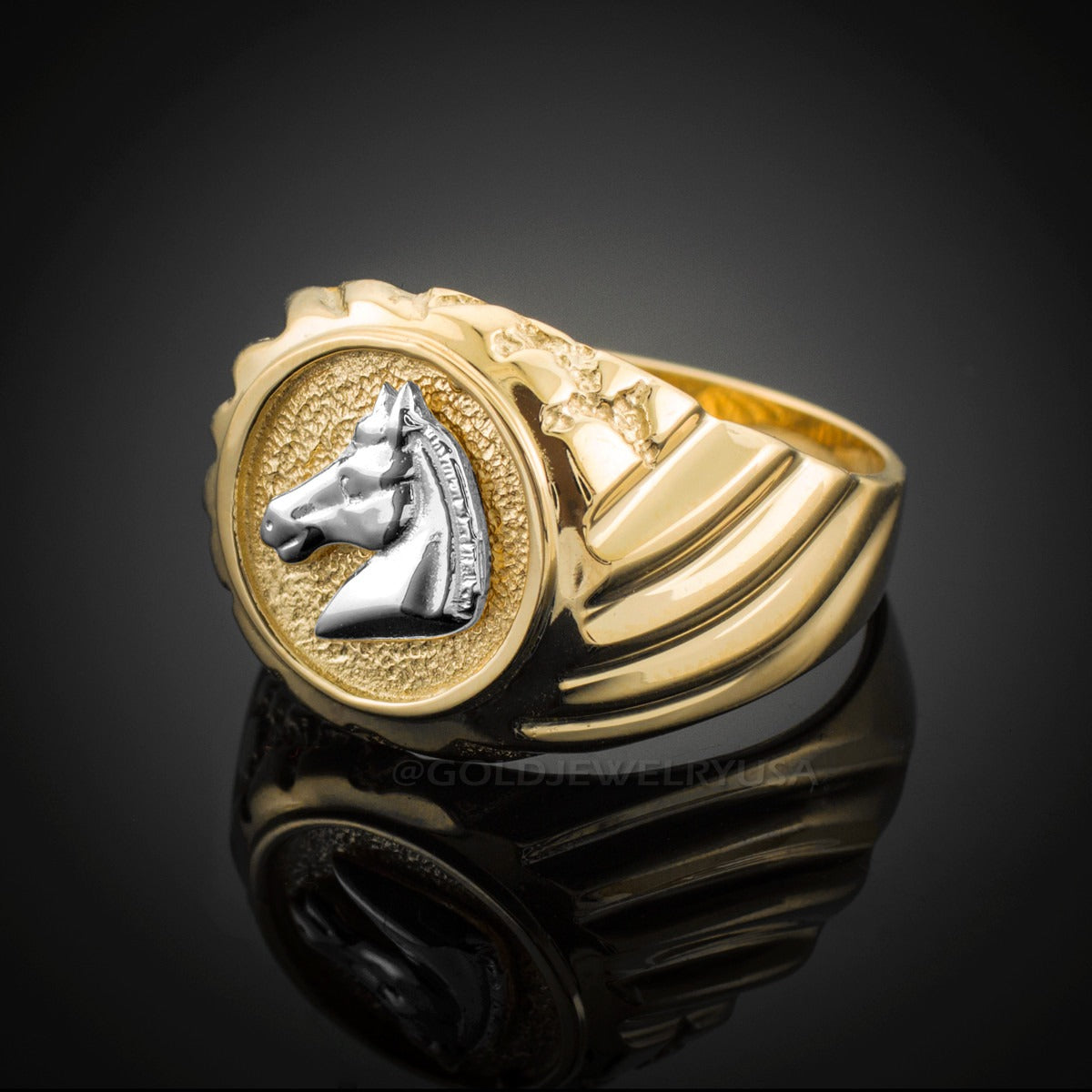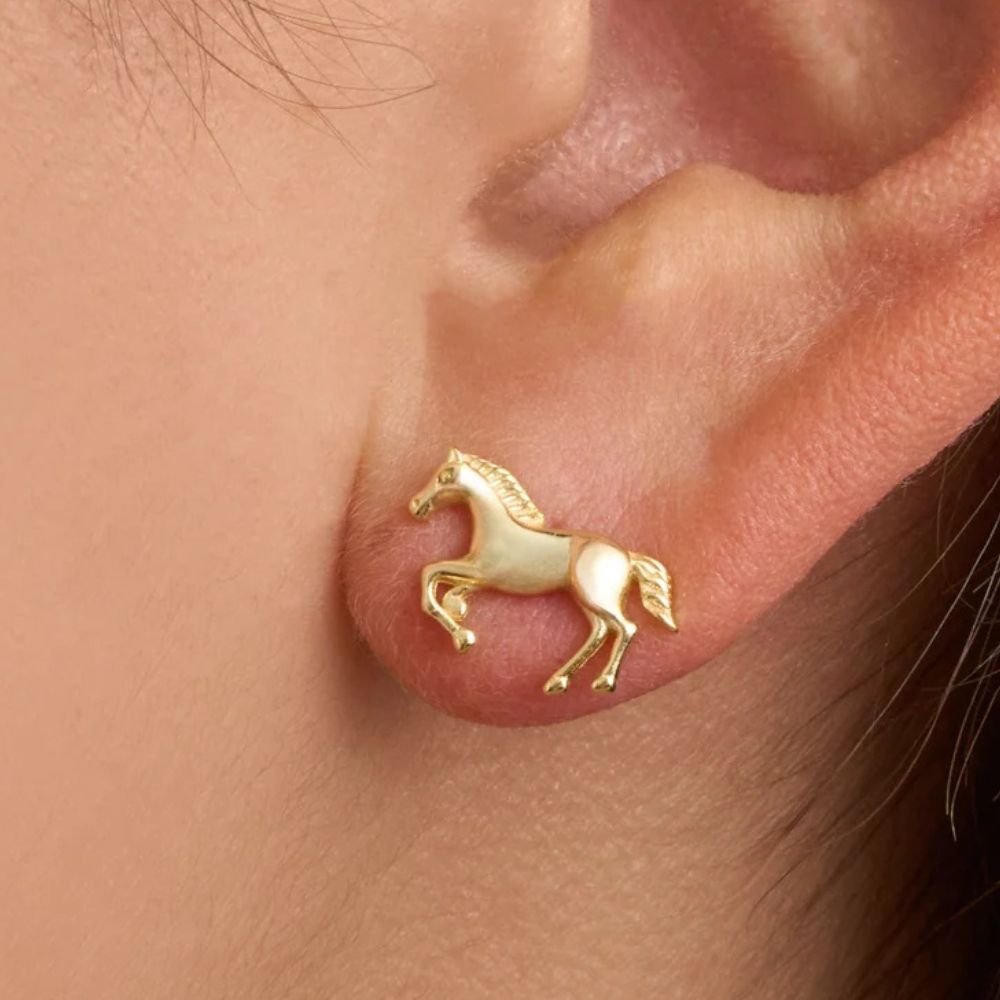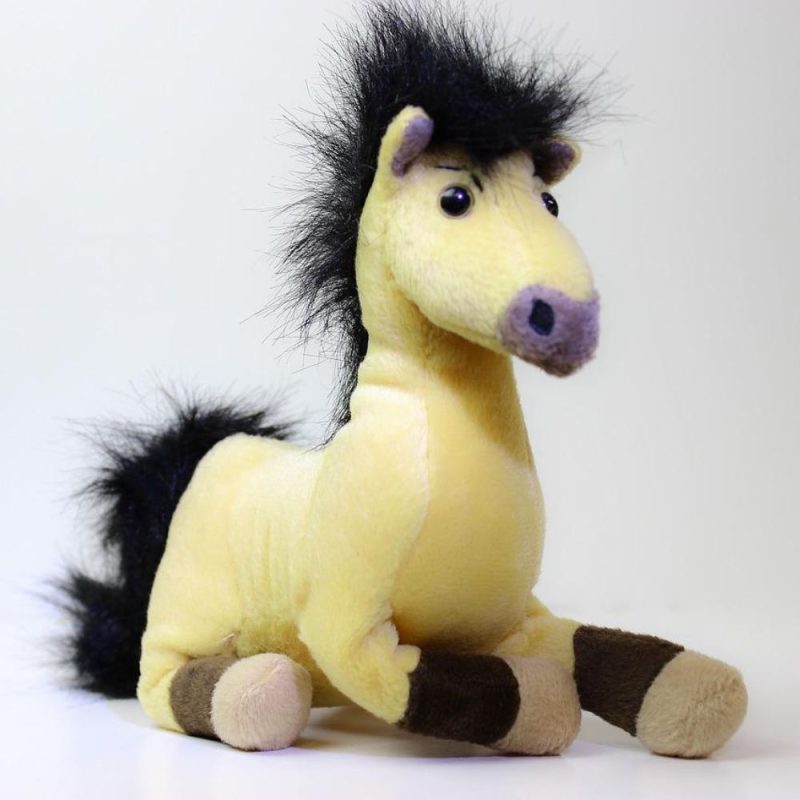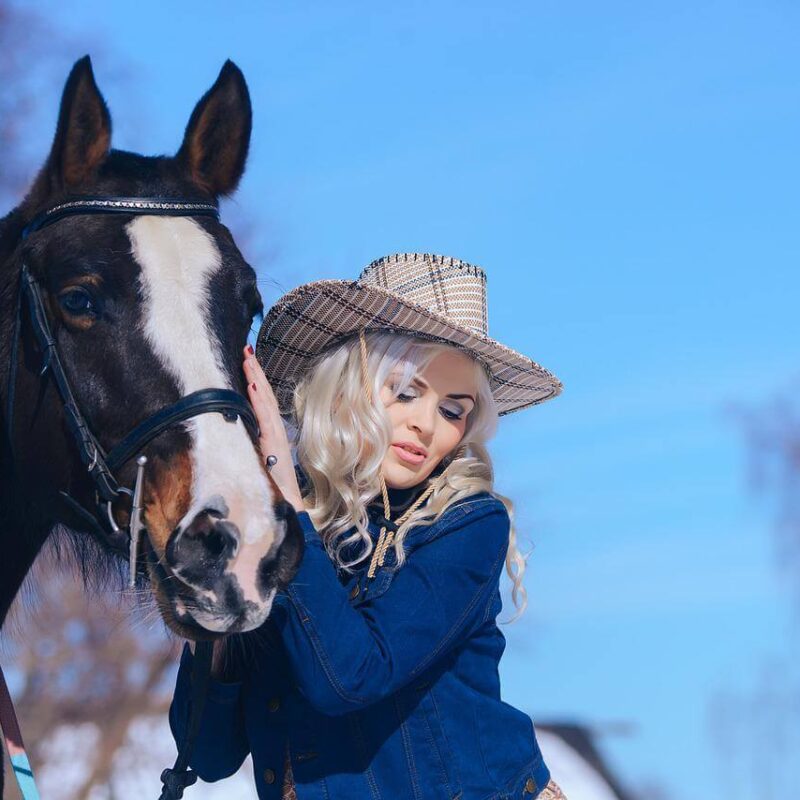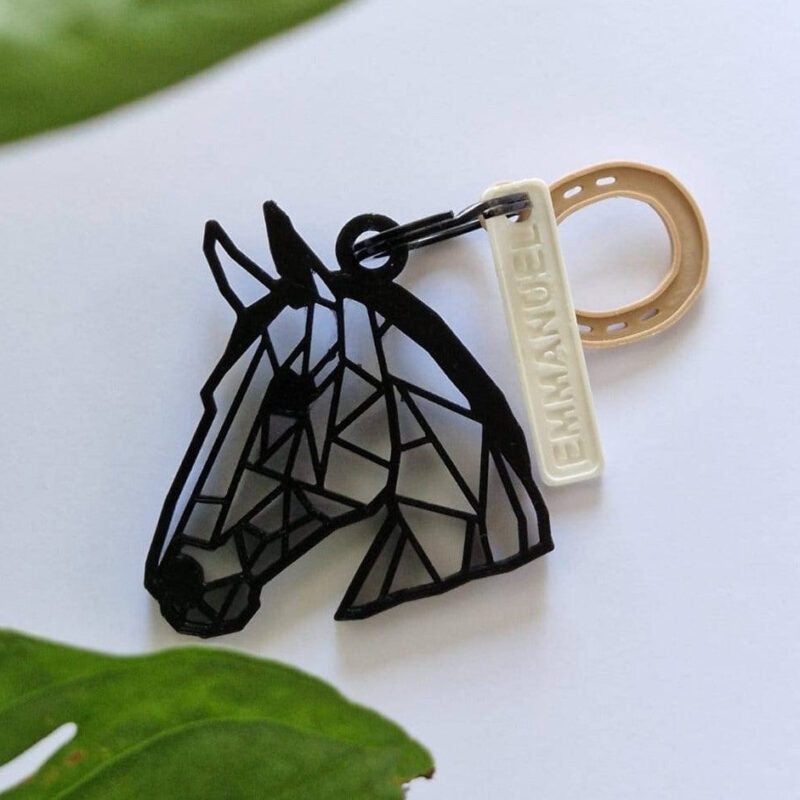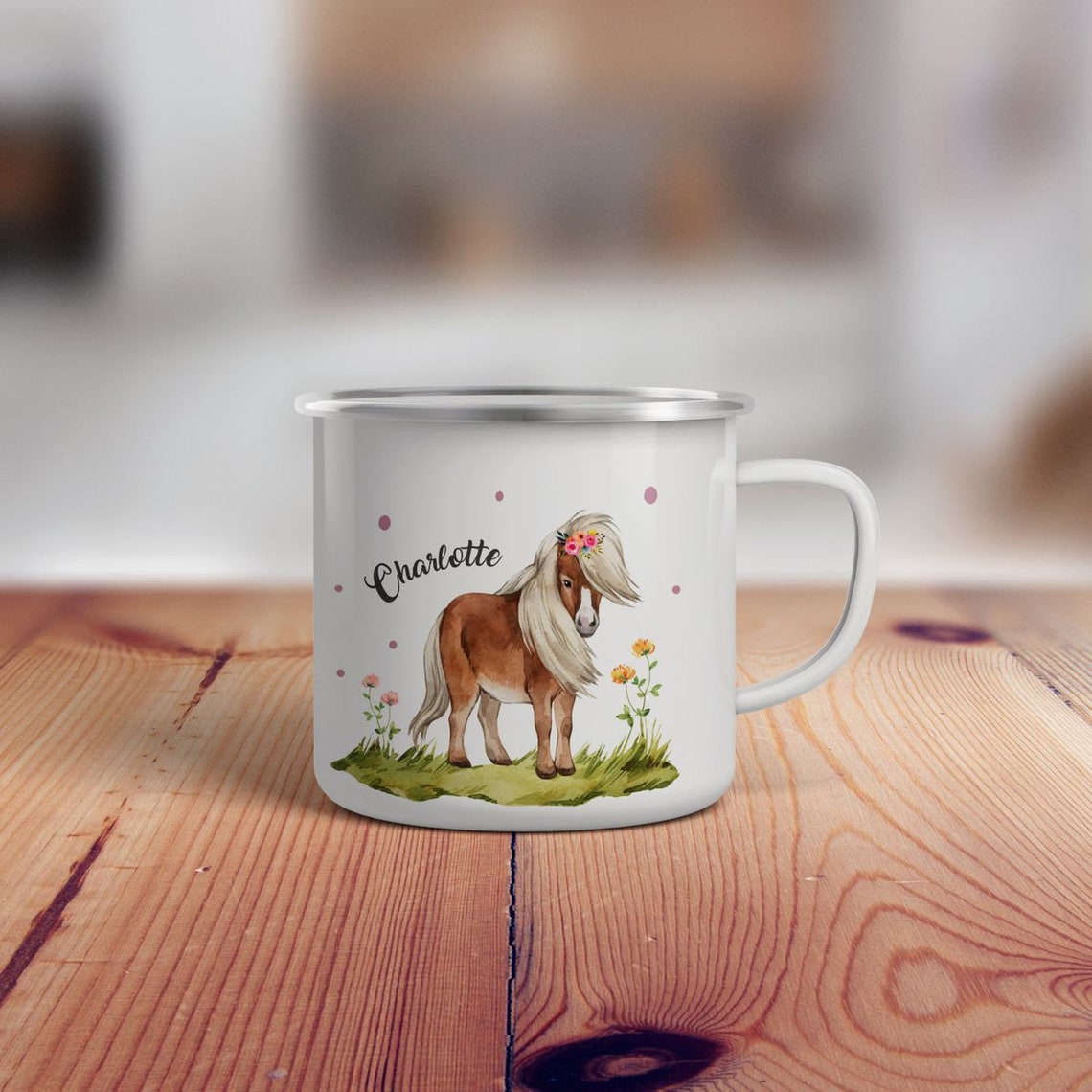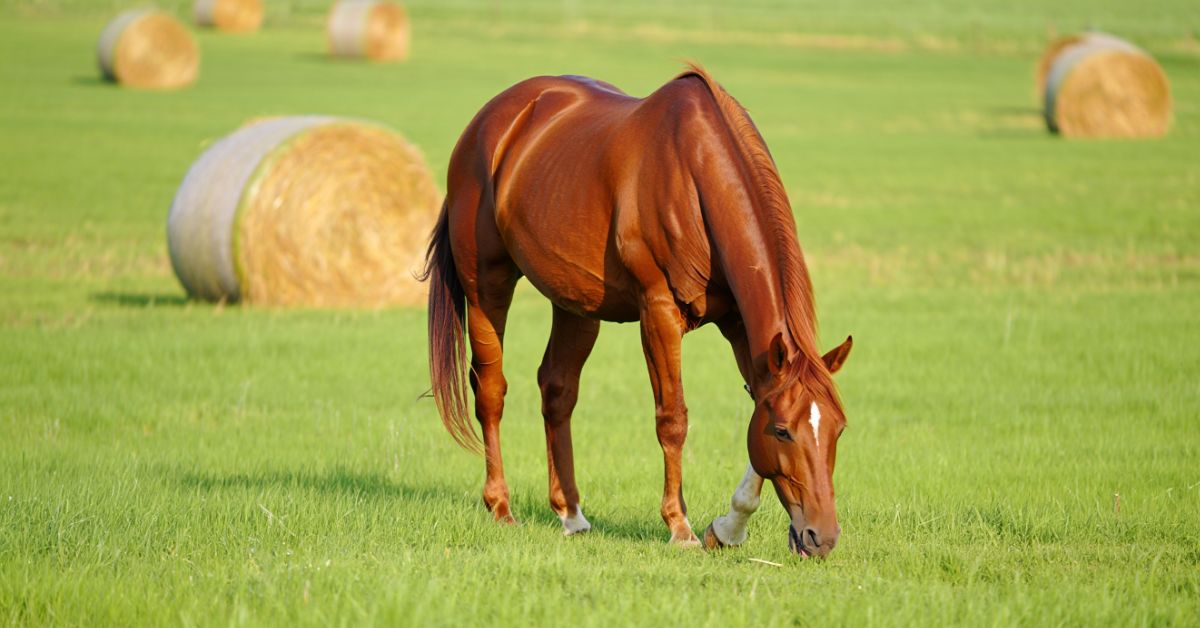
Is Fescue Hay Good for Horses? Understanding Safety, Nutrition & Alternatives
Is fescue hay good for horses? The short answer: it depends. Fescue hay for horses can be a budget-friendly forage option, but it comes with significant risks that every horse owner should understand. While endophyte-free fescue hay is generally safe and nutritious, endophyte-infected fescue contains toxic alkaloids that can cause serious health problems, especially in pregnant mares. The key is knowing what type of fescue you're feeding and understanding the potential dangers. If you're considering feeding fescue hay to horses, testing for endophyte levels is essential. The nutritional profile of fescue can work well for easy keepers and ponies, but the toxicity risks mean it's rarely the best choice for breeding operations or performance horses. Let's dive deep into everything you need to know about fescue hay for horses to make the safest decision for your equine companion. 🐴
Understanding Fescue Grass and Its Types
Fescue hay comes from tall fescue grass, one of the most common cool-season grasses grown across the United States. Farmers love it because it's incredibly hardy, drought-resistant, and thrives in poor soil conditions where other grasses struggle. But here's where things get complicated for us horse lovers.
Tall fescue exists in two main forms: infected and clean. The infected variety harbors a fescue endophyte called Epichloë coenophiala (formerly known as Neotyphodium coenophialum). This fungus lives inside the grass in a symbiotic relationship, helping the plant survive harsh conditions. Sounds beneficial, right? Well, for the grass, yes. For your horse? Not so much.
The endophyte-infected fescue produces toxic compounds called ergovaline and other alkaloids in fescue hay that can wreak havoc on your horse's system. These toxins cause vasoconstriction (narrowing of blood vessels), which leads to all sorts of problems we'll discuss shortly. According to research from the University of Kentucky in 2019, approximately 80-90% of tall fescue in the United States is endophyte-infected.
On the flip side, endophyte-free fescue hay doesn't contain these toxic alkaloids and is perfectly safe for horses. The challenge? You can't tell the difference just by looking at it. The infected and clean varieties look identical to the naked eye.
What Makes Fescue Different from Other Hay Types?
Compared to timothy, orchard grass, or alfalfa, fescue has some unique characteristics. The nutritional value of fescue hay is actually pretty decent when we're talking about the clean variety. However, fescue palatability tends to be lower than other hay types. Many horses will turn their noses up at fescue if given better options, which is honestly your horse's survival instinct kicking in!
The texture is coarser, the stems are thicker, and let's be honest—it doesn't smell as sweet as that premium timothy hay. But if you're managing a tight budget or dealing with a horse that needs lower-calorie forage, clean fescue could work. The emphasis here is on "clean."
Nutritional Value of Fescue Hay: The Good Side
Let's talk numbers, because understanding the nutritional value of fescue hay helps you make informed decisions. When properly harvested and stored, clean fescue can provide adequate nutrition for many horses.
Protein Content
The fescue hay protein content typically ranges from 8% to 12%, depending on maturity at harvest and growing conditions. Early-cut fescue (harvested in late spring) will have higher protein levels, sometimes reaching 12-15%. Late-cut fescue drops to around 6-8%. For comparison:
-
Mature horse maintenance requirement: 8-10% crude protein
-
Growing horses: 12-16% crude protein
-
Pregnant/lactating mares: 10-14% crude protein
So for your average adult horse just hanging out in the pasture, the fescue hay protein content can meet basic needs. However, for performance horses, growing youngsters, or breeding stock, you'd need to supplement.
Fiber and Digestibility
The fescue hay fiber content is where things get interesting. Fescue contains approximately 60-70% neutral detergent fiber (NDF) and 35-40% acid detergent fiber (ADF). What does this mean in horse language? It's got decent fiber for gut health, but the digestibility is lower than premium grass hays.
Your horse needs to work a bit harder to break down fescue, which actually makes it perfect for fescue hay for easy keepers and metabolically challenged horses. Those chunky ponies that gain weight just by looking at grass? They might benefit from the lower digestibility. Check out our gift for horse lovers collection for unique presents that celebrate your easy keeper's personality! 🎁
Sugar and Starch Levels
Here's where fescue shines for certain horses. The fescue hay sugar content (NSC) – meaning non-structural carbohydrates – tends to be relatively low compared to other grass hays. Clean fescue typically contains 10-15% NSC, making it potentially suitable for fescue hay for laminitic horses or those with metabolic issues like insulin resistance.
However, and this is crucial, you must test your hay. Growing conditions, harvest timing, and storage dramatically affect sugar levels. Never assume any hay is "safe" for a laminitic horse without a proper analysis. As legendary horseman Buck Brannaman once said, "Your horse is a mirror to your soul, and sometimes you might not like what you see in the mirror." The same applies to hay—test it to truly know what you're feeding.
For horses struggling with founder or Equine Metabolic Syndrome, fescue hay for laminitic horses might work IF it's endophyte-free and properly tested for NSC levels. Many owners find success using it as part of a carefully managed diet.
When Fescue Makes Nutritional Sense
Equine fescue consumption can be appropriate for:
-
Mature horses in light work with no metabolic issues
-
Fescue hay for ponies that maintain weight too easily
-
Horses requiring lower-calorie forage
-
Budget-conscious barn operations (clean fescue costs less)
-
Fescue hay for easy keepers who need high fiber but controlled calories
The Dark Side: Tall Fescue Toxicity and Health Risks
Now we get to the serious stuff. Tall fescue toxicity is no joke, and the health risks of fescue hay can range from mild discomfort to life-threatening emergencies. Let's break down exactly what can go wrong when horses consume endophyte-infected fescue.
How Ergovaline Wreaks Havoc
Ergovaline in fescue is the primary villain in this story. This ergot alkaloid causes severe vasoconstriction throughout your horse's body. Imagine your horse's blood vessels constantly squeezed tight—not enough blood flow to extremities, reproductive organs, and other vital tissues. The result? A cascade of problems.
Research published in the Journal of Animal Science in 2020 demonstrated that even low levels of ergovaline exposure can affect horses, though symptoms vary based on individual sensitivity, duration of exposure, and concentration in the hay.
Fescue Toxicity Symptoms in Horses
Fescue toxicity symptoms in horses can be subtle or dramatic. Watch for these warning signs:
Physical symptoms:
-
Rough, dull coat even with good nutrition
-
Poor body condition despite adequate feed
-
Increased body temperature and heat intolerance (especially summer months)
-
Reduced water consumption
-
Slow hair shedding in spring
-
Elevated heart rate at rest
-
Fescue foot (more on this shortly)
Behavioral changes:
-
Lethargy and depression
-
Decreased performance
-
Unusual irritability
-
Reduced appetite (horses instinctively avoiding toxic feed)
The problem with equine fescue consumption of infected hay is that symptoms develop gradually. You might not connect the dots immediately, attributing rough coat or low energy to other factors.
Fescue Foot: A Painful Reality
Fescue foot is one of the most dramatic manifestations of ergot alkaloid toxicity. This condition occurs when vasoconstriction becomes severe enough to cut off blood supply to the extremities, particularly the hooves and lower legs. In winter months, the risk increases significantly.
Symptoms of fescue foot include:
-
Swelling in lower legs
-
Lameness ranging from mild to severe
-
Cold hooves and legs (poor circulation)
-
In extreme cases, tissue death and sloughing of hoof walls or tips of ears and tail
I've witnessed fescue foot twice in my years around horses, and it's heartbreaking. One case involved a gelding whose owner didn't realize the "cheap hay" she'd scored was heavily infected. Within three weeks of cold weather in January 2024, his back hooves showed early signs of circulation problems. Thankfully, switching hay immediately and working with her vet prevented permanent damage.
The Breeding Nightmare: Fescue and Pregnant Mares
If there's one absolute rule in equine nutrition, it's this: NEVER feed endophyte-infected fescue to pregnant mares. The consequences of fescue and pregnant mares exposure are devastating and well-documented.
Fescue-related abortion in mares typically occurs late in pregnancy (10-11 months). However, even if the mare carries to term, additional complications arise:
Agalactia in mares (fescue-related) means little to no milk production. Ergovaline disrupts prolactin, the hormone responsible for milk letdown. Your mare may have a healthy foal but produce zero colostrum—that critical first milk containing antibodies the foal needs to survive. Without intervention, the foal faces severe health risks.
Dystocia (difficult birth) fescue exposure causes prolonged gestation (often 340-380 days instead of 340), weak contractions, and difficult deliveries requiring veterinary assistance. The thickened placenta fescue creates makes it harder for the foal to break through during birth, increasing stress on both mare and baby.
A 2018 study from the University of Kentucky's Gluck Equine Research Center found that 100% of mares consuming endophyte-infected fescue in late pregnancy experienced some degree of reproductive complications. One hundred percent! Those aren't odds any responsible breeder would accept.
Is Fescue Safe for Horses? The Bottom Line
Is fescue safe for horses? Only if it's proven endophyte-free. The risks simply aren't worth it otherwise, especially given that better hay alternatives usually exist. Some horses tolerate low levels of infection better than others, but why gamble with your horse's health?
Testing, Management, and Prevention Strategies
Knowledge is power, and testing fescue hay for endophyte levels is your first line of defense. Let's talk about practical fescue hay management strategies that keep your horses safe.
How to Test Your Hay
Testing fescue hay for endophyte requires sending samples to an agricultural laboratory. Most university extension services offer testing, with results typically returned within 1-2 weeks. The test measures ergovaline concentration in parts per million (ppm).
Here's the rating scale:
-
Below 100 ppb (parts per billion): Generally considered safe
-
100-300 ppb: Low risk but monitor horses
-
300-500 ppb: Moderate risk, avoid for pregnant mares and compromised horses
-
Above 500 ppb: High risk, don't feed to horses
Cost for testing runs $25-$50 per sample—a small investment compared to veterinary bills from tall fescue toxicity.
How to properly sample hay:
-
Pull core samples from multiple bales (at least 10-15 bales)
-
Mix thoroughly to get representative sample
-
Send approximately 1-2 pounds to lab
-
Request both nutritional analysis AND endophyte testing
Many hay suppliers now test before selling. Always request documentation. If a seller gets defensive about testing, that's your red flag to shop elsewhere. 🚩
Fescue Toxicity Prevention
Fescue toxicity prevention starts with smart purchasing decisions. When buying hay:
-
Request test results before purchasing
-
Buy from reputable suppliers who understand equine needs
-
Inspect hay visually (though you can't see endophyte!)
-
Ask about harvest date and field management
-
Consider premium grasses even if slightly more expensive
If you're stuck with fescue hay on your property, management becomes crucial. The best time to harvest fescue hay is early spring (late April to May in most regions) before seed head development. Ergovaline concentrations increase as the plant matures, so early cutting reduces toxin levels.
Can You Detoxify Infected Hay?
Many horse owners ask about detoxifying fescue hay. Unfortunately, there's no practical method to remove ergovaline from already-baled hay. Some strategies people attempt:
-
Soaking hay (doesn't remove alkaloids effectively)
-
Mixing with clean hay (dilutes but doesn't eliminate risk)
-
Feeding supplements (may help mitigate symptoms but doesn't detoxify)
The bottom line? You can't make bad hay good. If testing reveals high endophyte levels, the safest option is switching from fescue hay entirely.
Fescue Grazing vs. Hay
Is fescue grazing vs. hay safer? Actually, grazing infected fescue pastures poses HIGHER risks than hay. Why? Fresh grass contains higher alkaloid concentrations than cured hay. Heat and sun exposure during the hay-making process breaks down some (though not all) toxins.
If your pastures contain tall fescue, test them too. Many farms unknowingly maintain endophyte-infected stands that affect horses daily. Overseeding with safer grasses and gradually replacing fescue is the best long-term solution.









